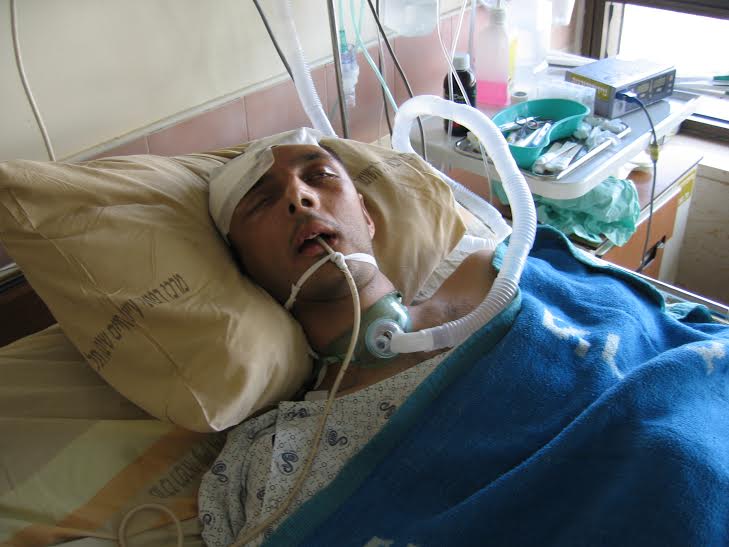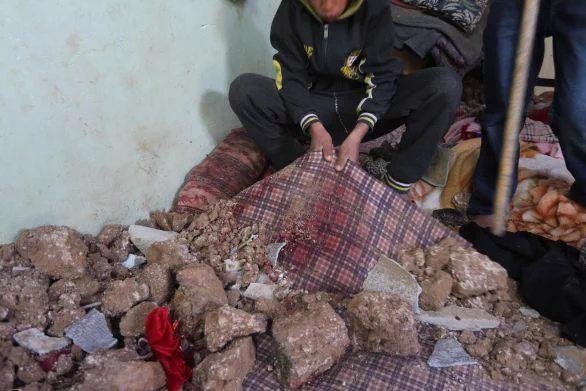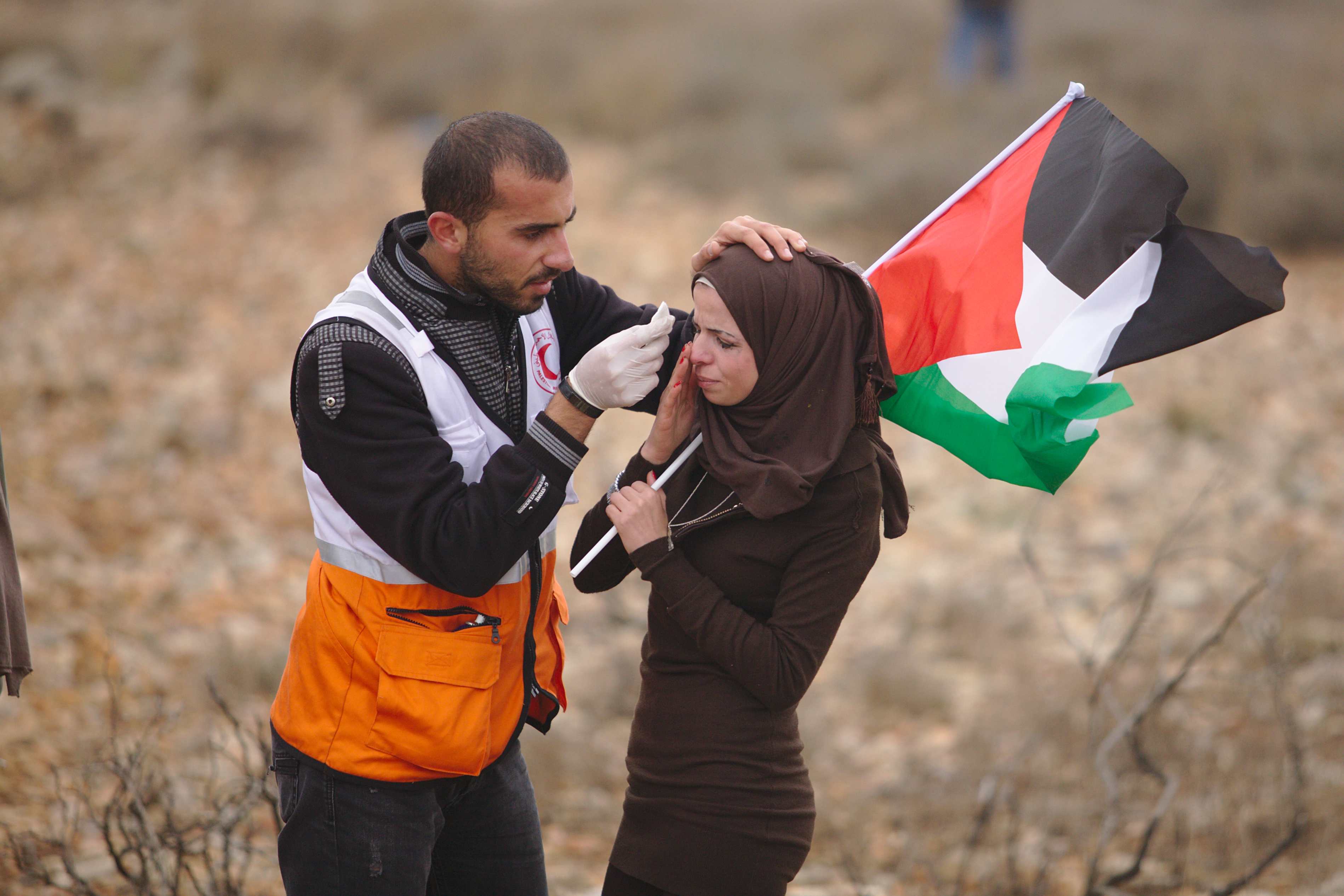Category: Reports
-
The anniversary of Tristan Anderson and the ongoing struggle
13th March 2016 | International Solidarity Movement, Al-Khalil Team | Ni’lin, Occupied Palestine On the 13th March 2009 around 4:30pm, Tristan Anderson, an ISM volunteer from the US was critically wounded by the occupying Israeli forces while peacefully demonstrating against the ongoing occupation of the West Bank village of Ni’lin. The wounds he sustained were from a high…
-
Israeli airstrike kills 10 year old boy and injures others in Gaza
12th March 2016 | International Solidarity Movement, Al-Khalil Team |Ma’an, Occupied Gaza ******** Update Isra Abu Khosa, 6 year old sister of Yassin Abu Khusa, has died from the injuries she sustained in the bombing raid on Gaza by Israeli forces on Friday. ******** Children were the latest victims of last nights continued assault on besieged Gaza…
-
The demonstrators of Nabi Saleh face new dangers from Israel
6th March 2016 | International Solidarity Movement, al-Khalil team | Nabi Saleh, occupied Palestine The residents of Nabi Saleh have been holding weekly demonstrations since 2009 in protest of the zionist regimes illegal occupation of the village’s land along with the takeover of the village’s spring located near the illegal Israeli settlement of Halamish. The Israeli authorities…



